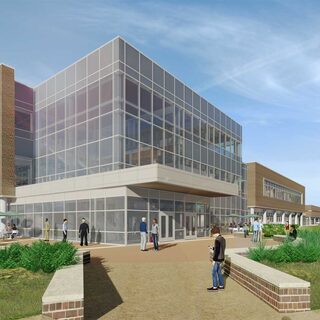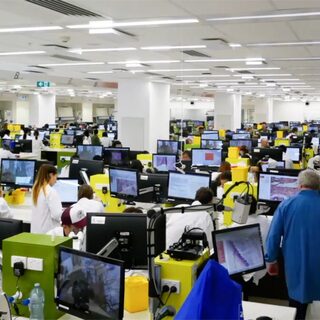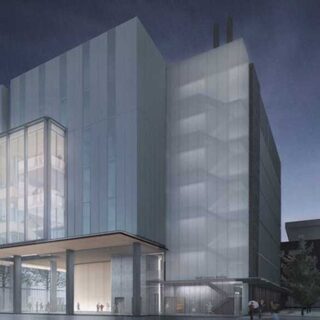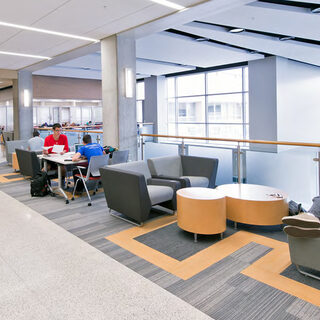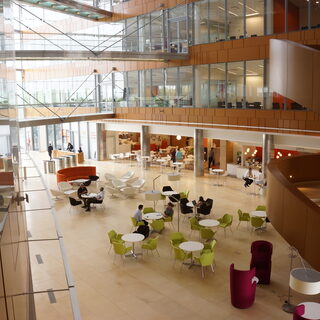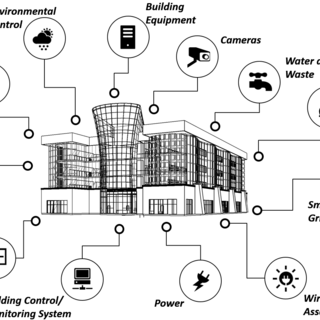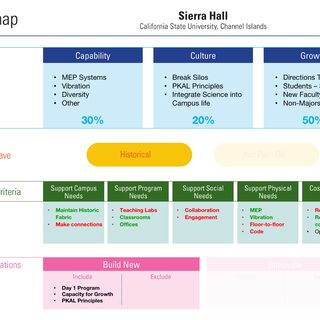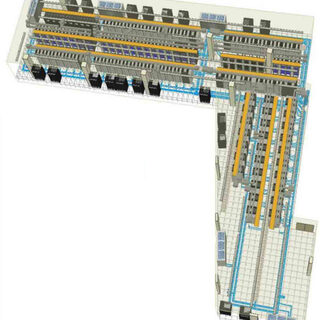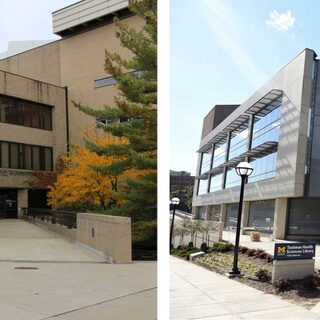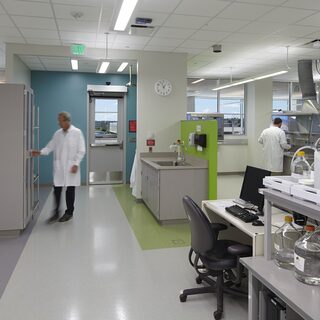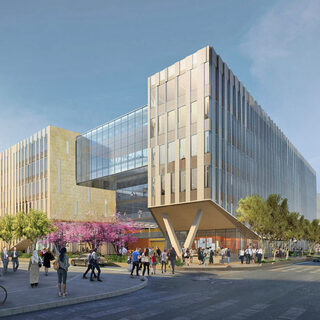Eli Lilly Employs Shared Space and Innovative Infrastructure
Eli Lilly and Company embarked on a year-long process to create a new collaborative and flexible space model dubbed CoLAB. In order to achieve the flexibility they aim for, Lilly is employing the use of ceiling infrastructure and innovative fume hoods, the design of which ultimately saved hundreds of thousands of dollars. CoLAB’s purpose is to collocate previously separated groups into a new research campus, specifically stressing collaboration, innovation, and speed-to-market of new therapies. The initiative is designed to address constraints caused by both geographic separation and aging facilities in the Small Molecule Design and Development (SMDD) organization, the group that is responsible for the scale-up work that acts as the bridge between research and manufacturing.

